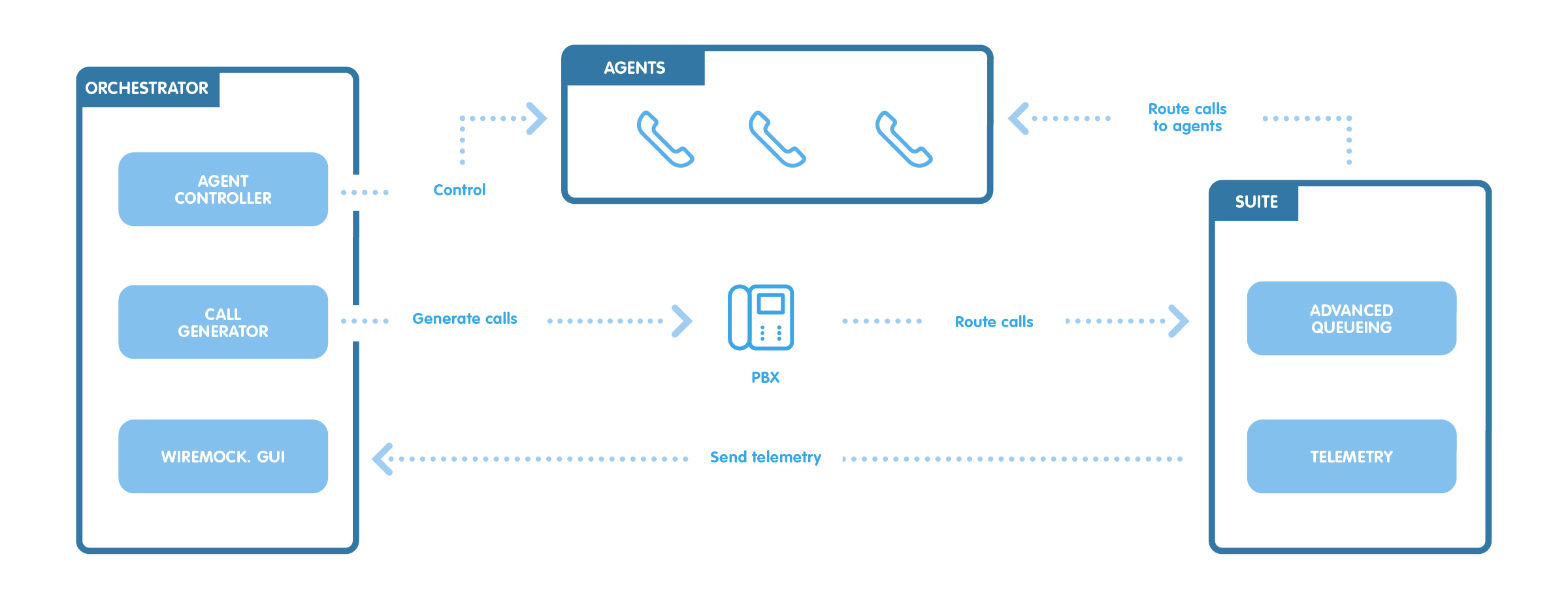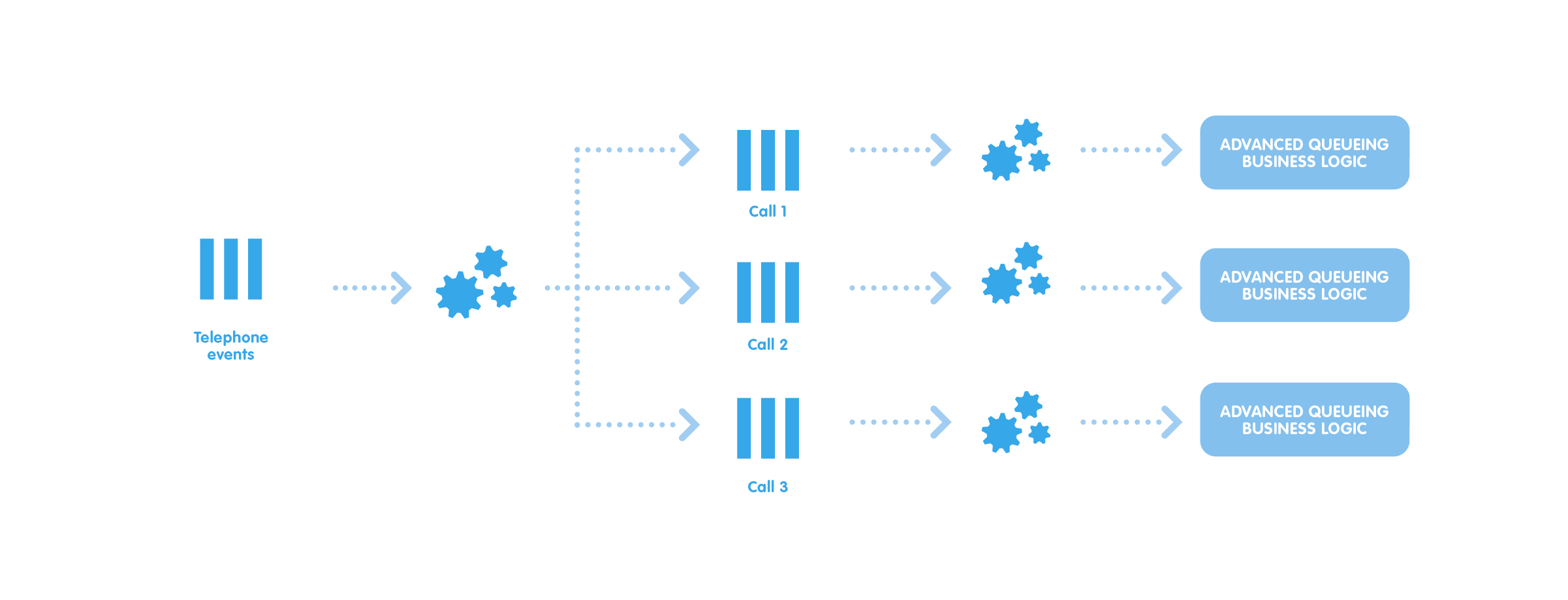EN
 Regarder
Regarder
WEBINAR - Release
Imagicle Voice Virtual Agents. Introducing human-like AI in your customer service. (EMEAR)


Let’s start with a bit of story, in true “Once upon a time” style. ![]()
Just like with any good optimization/scalability work, we started by thinking about what tests we should run to gather information about the resource usage (CPU, RAM, Disk, etc.) of the application that needed to be optimized. Then made a list of things we would need to do at each test run:


0 commentaires